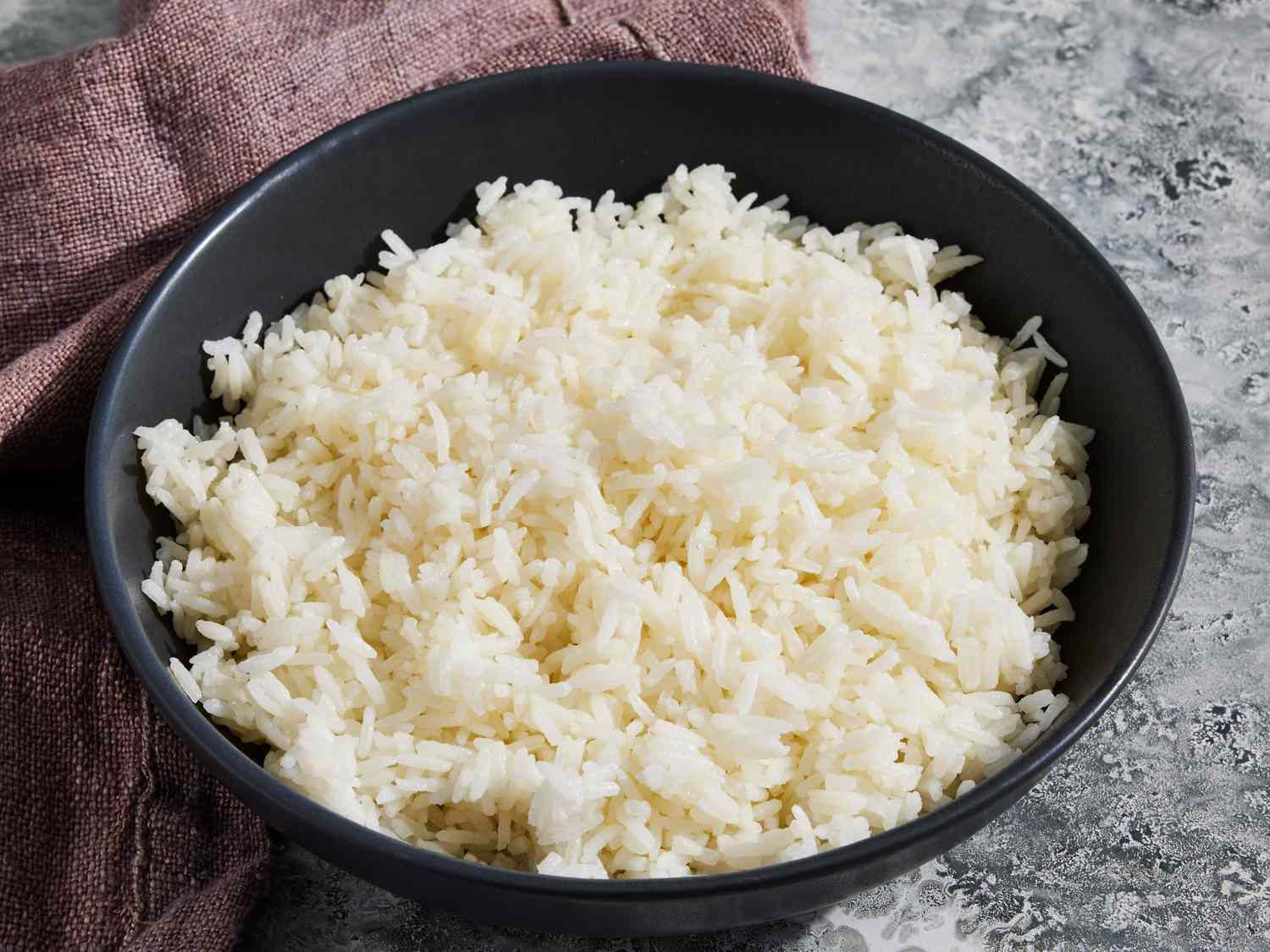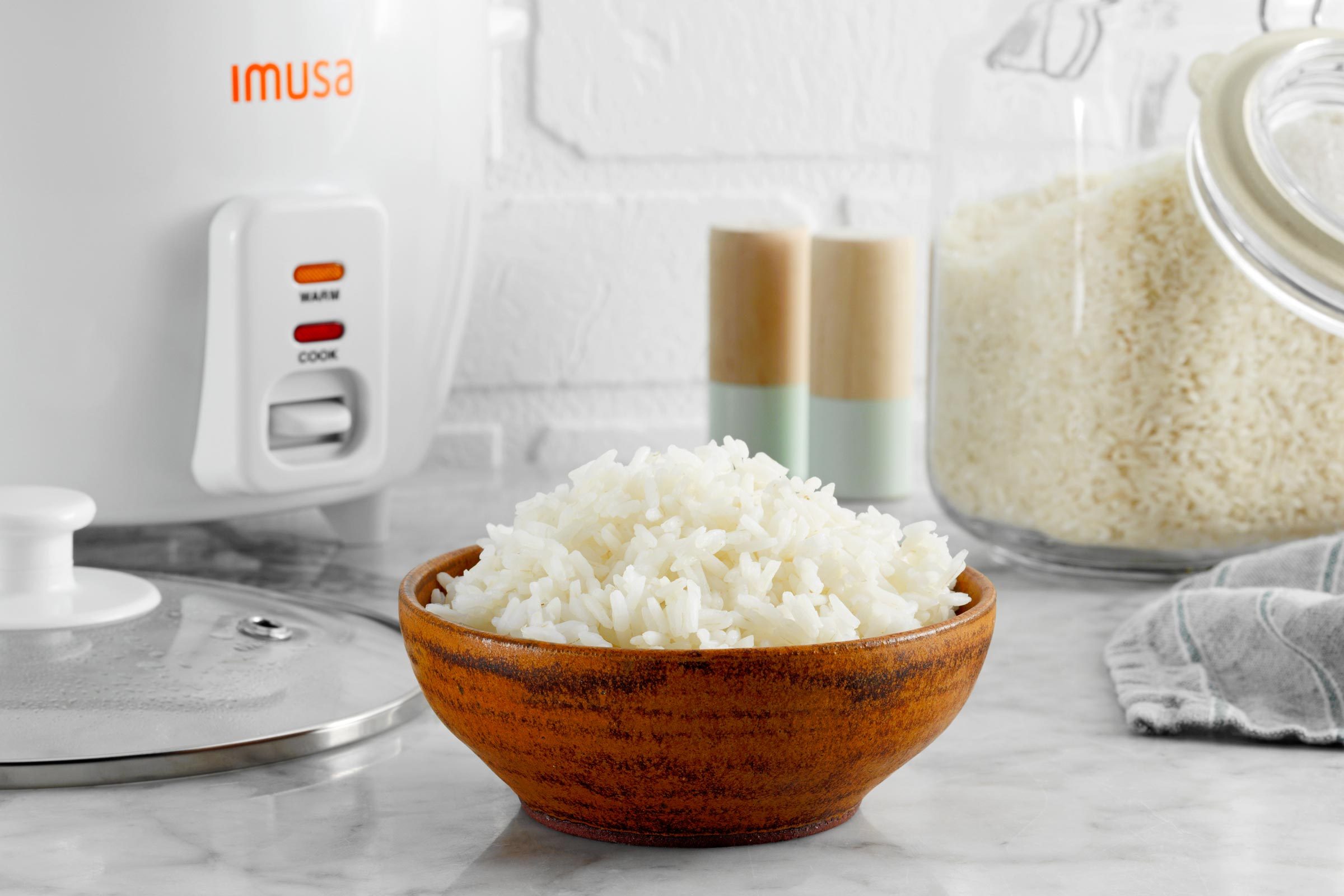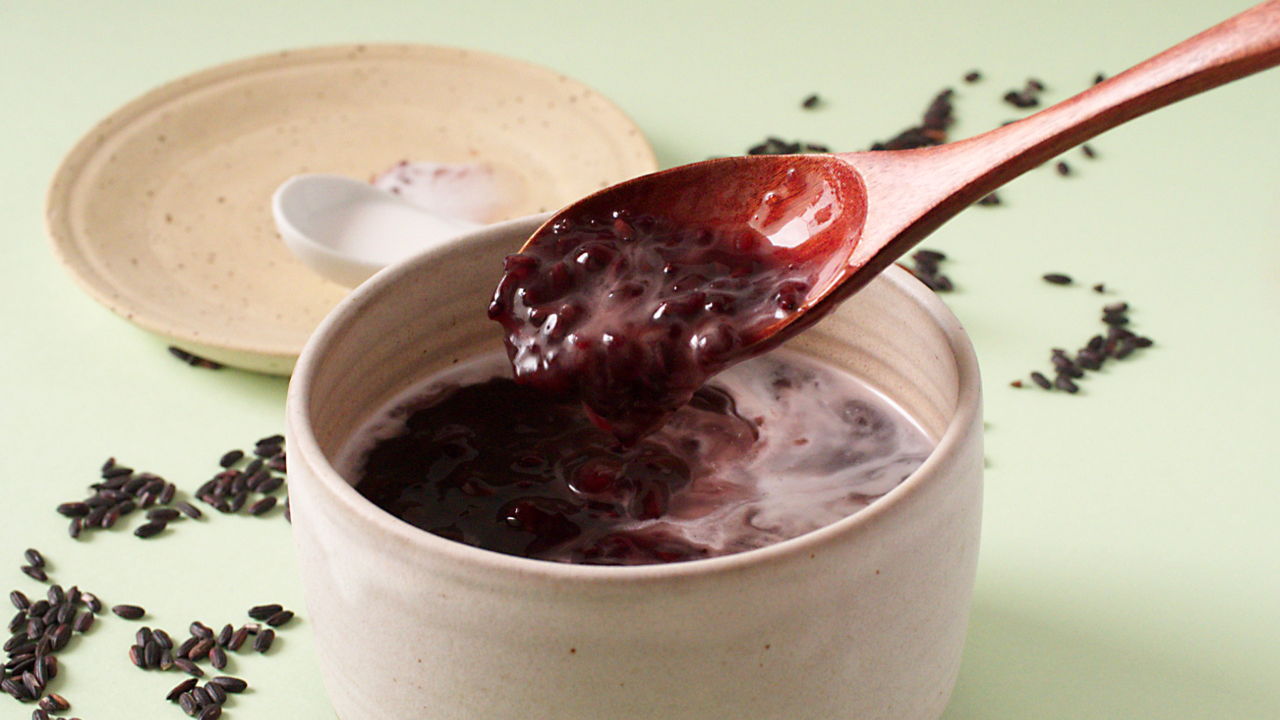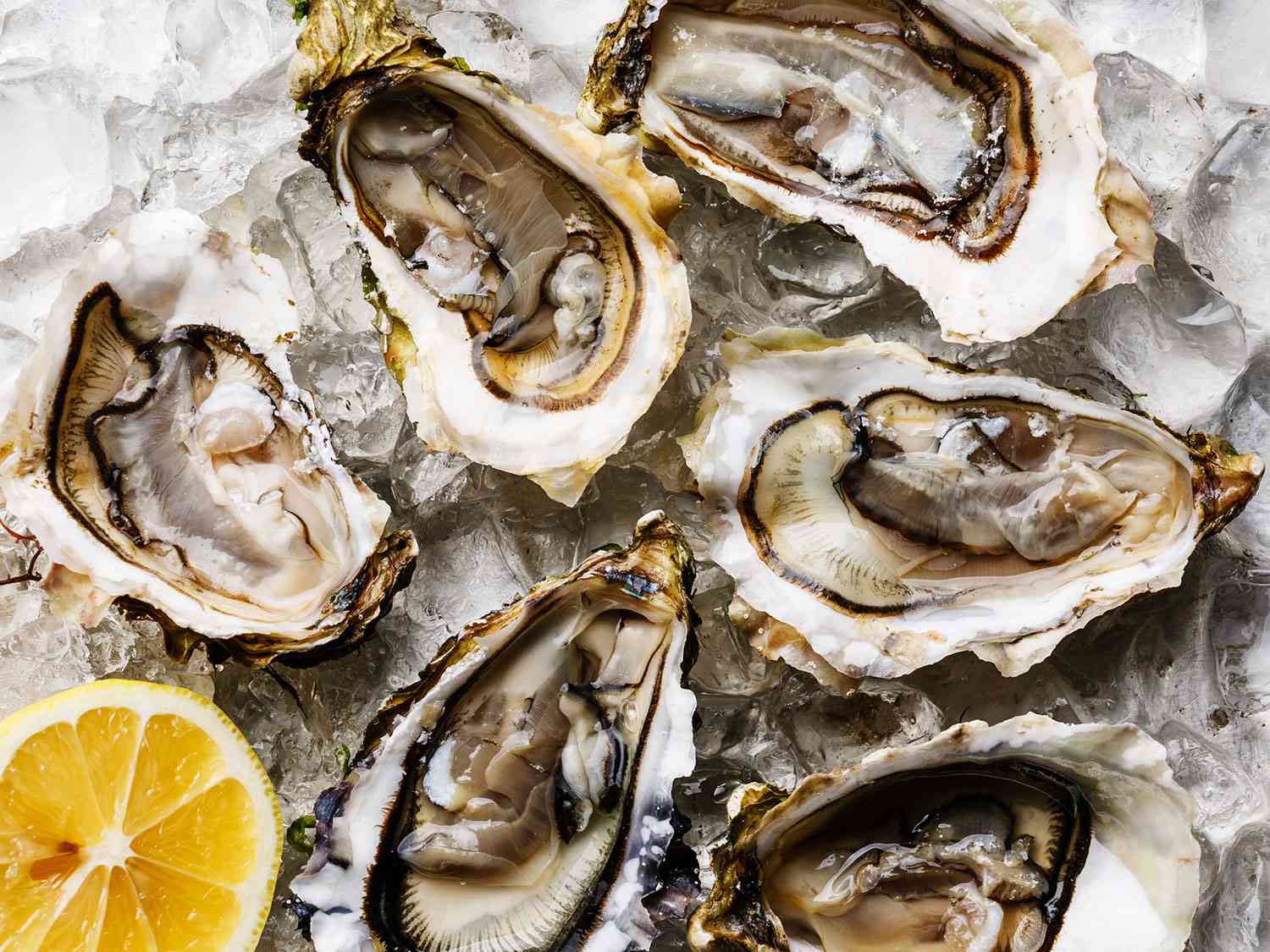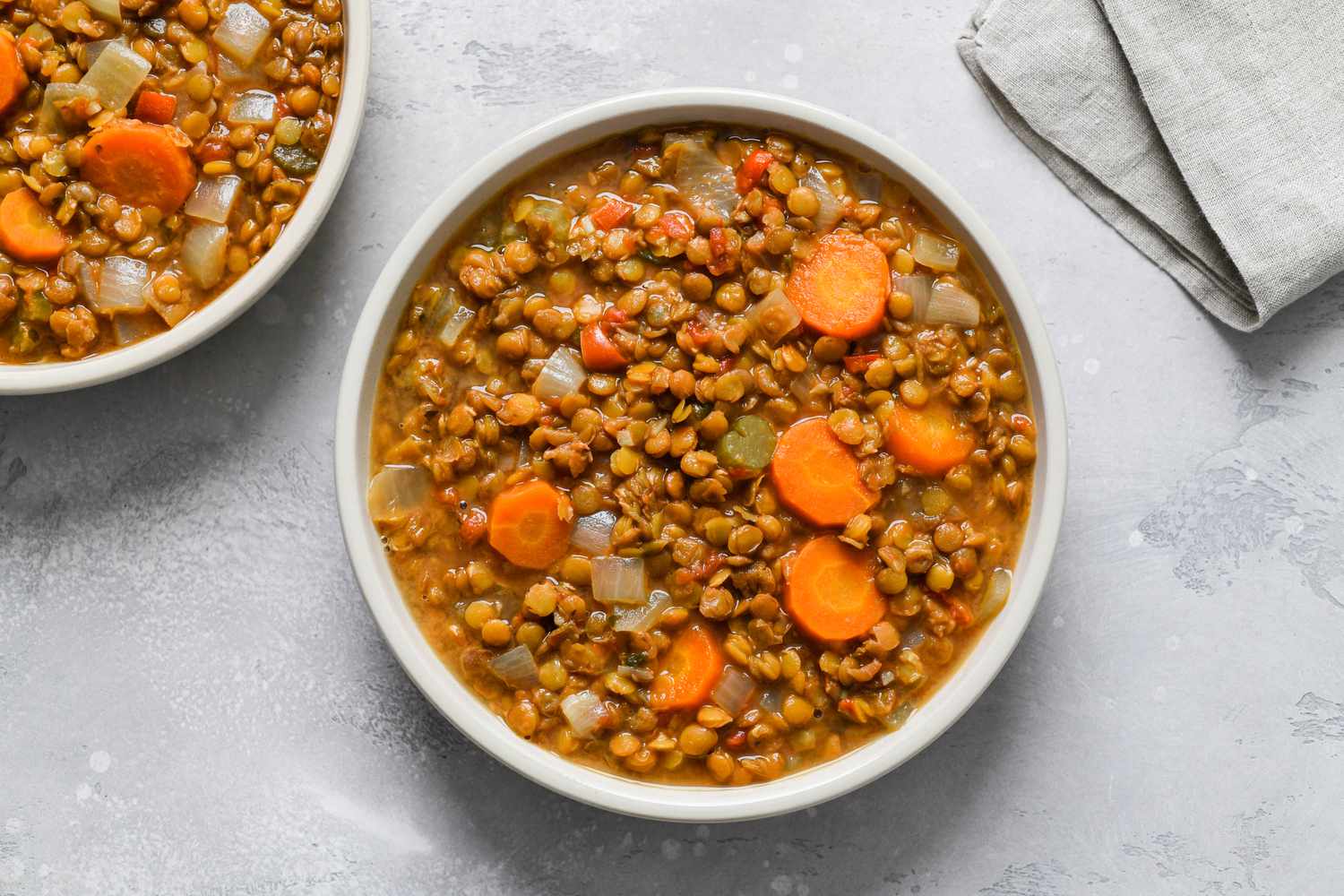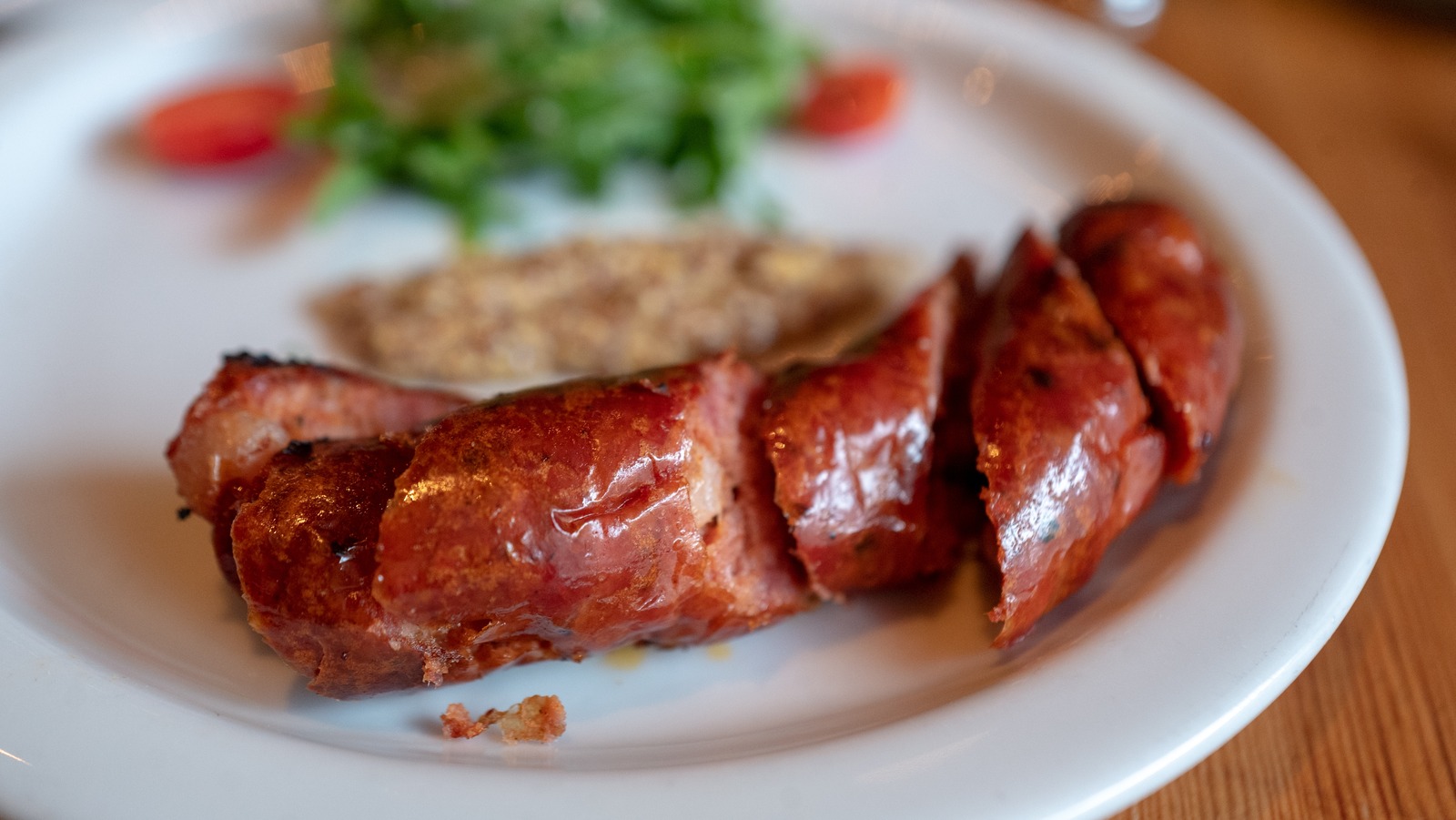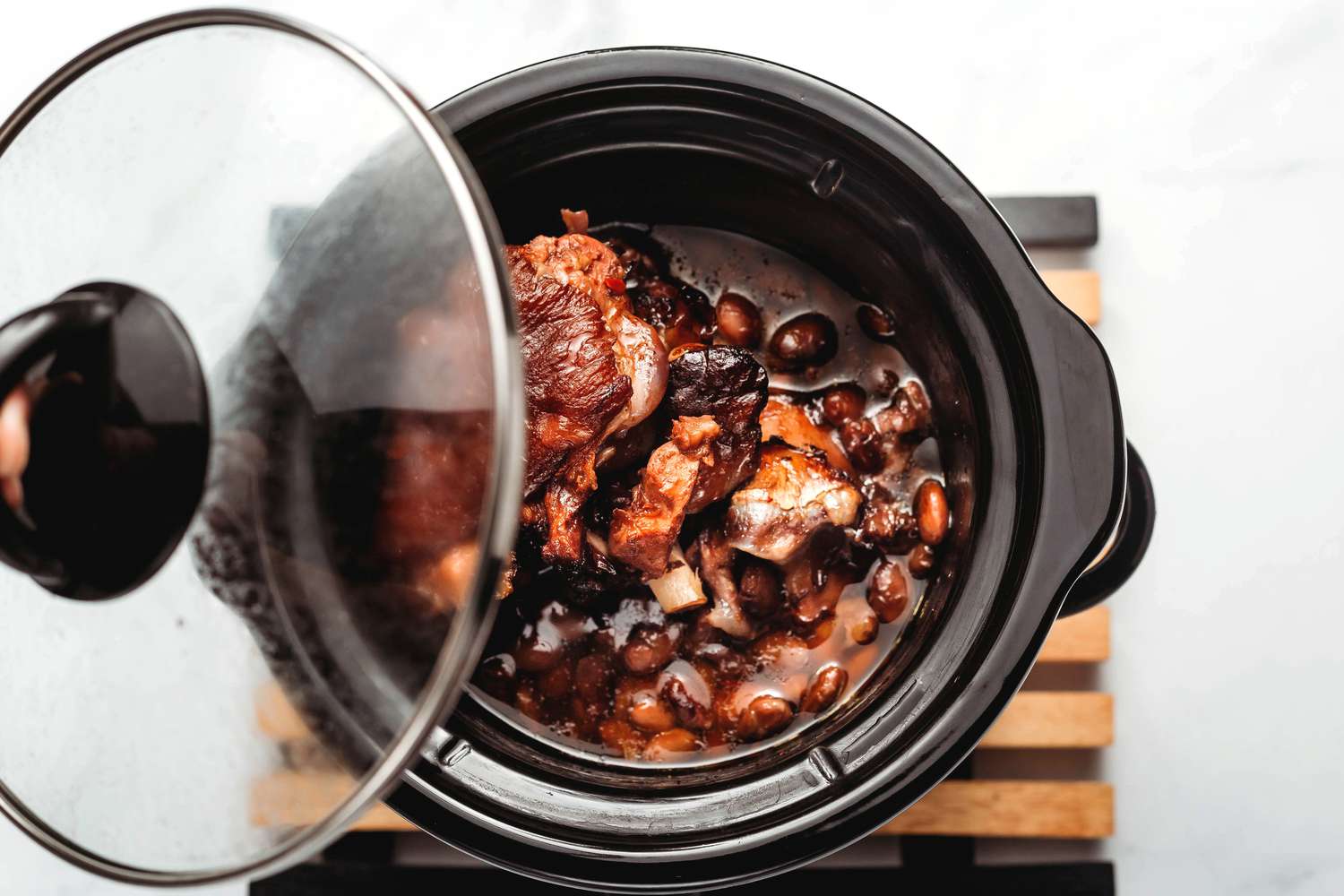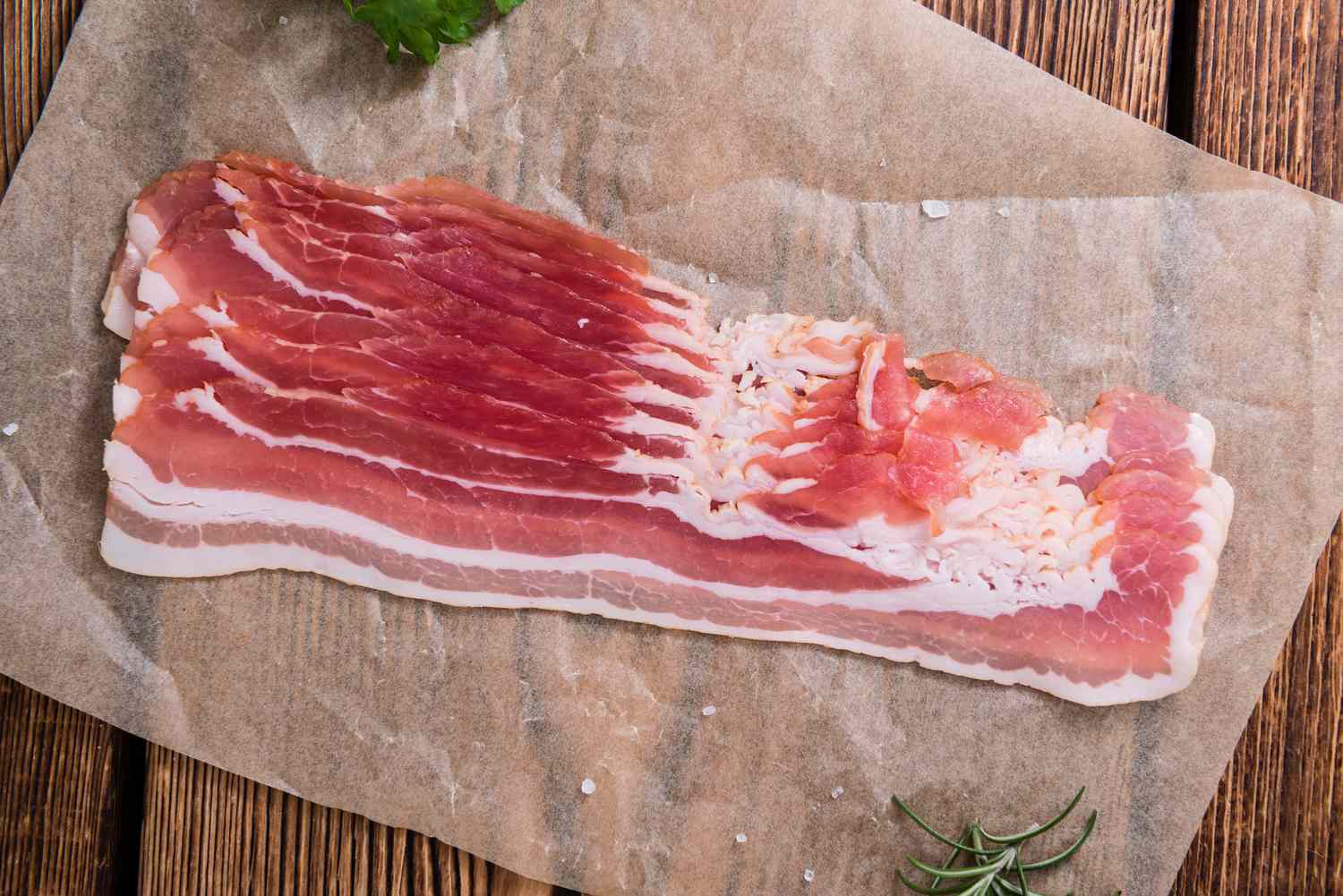Discover the Art of Cooking Shrimp in a Wok
When it comes to preparing seafood dishes, cooking shrimp in a wok is a delightful way to infuse flavors while retaining their natural tenderness. This cooking technique allows you to create a mouthwatering dish that is both healthy and easy to make. Whether you’re a seasoned chef or a beginner in the kitchen, let’s dive into the art of cooking shrimp in a wok and unlock the secrets to a delicious meal.
Choosing the Perfect Shrimp
Before we start cooking, it’s important to choose the right shrimp for your dish. Look for fresh, high-quality shrimp with a firm texture and a glossy appearance. You can opt for peeled and deveined shrimp to save time, or enjoy the process of peeling them yourself. Remember, the fresher the shrimp, the better the taste!
Prepare Your Ingredients
To create a flavorful shrimp stir-fry, gather your ingredients in advance. Here’s what you’ll need:
- Fresh shrimp (peeled and deveined)
- Assorted colorful vegetables (such as bell peppers, broccoli, and snap peas)
- Garlic and ginger (minced)
- Soy sauce
- Sesame oil
- Cornstarch (optional, for sauce thickening)
- Salt and pepper (to taste)
Preparation is Key
Now that you have all the ingredients ready, it’s time to prepare for the cooking process. Here’s a step-by-step guide to help you:
- Thaw the shrimp if using frozen. Pat them dry with a paper towel to remove excess moisture.
- Preheat your wok on high heat and add a small amount of oil.
- Add minced garlic and ginger to the wok, sautéing until fragrant.
- Toss in your colorful vegetables and stir-fry them until they are crisp-tender.
- Push the vegetables to the side of the wok and add the shrimp to the center. Cook until they turn pink and curl up.
- Combine soy sauce, sesame oil, cornstarch (if desired for a thicker sauce), and a splash of water. Pour the sauce over the shrimp and vegetables.
- Toss everything together until the shrimp and vegetables are evenly coated in the sauce.
- Add salt and pepper to taste, if needed.
- Remove from heat and serve your shrimp stir-fry immediately.
Tips for the Perfect Shrimp Stir-Fry
For an extra touch of culinary finesse, here are some tips to take your shrimp stir-fry to the next level:
- Don’t overcook the shrimp. They cook quickly, so keep a close eye on them to avoid rubbery texture.
- Experiment with different vegetables and seasonings to personalize your dish to your taste.
- Consider marinating the shrimp in soy sauce and ginger before stir-frying to enhance the flavors even further.
- Garnish with fresh herbs like cilantro or chopped green onions for added freshness.
Get Creative with Shrimp Stir-Fry
Cooking shrimp in a wok opens up endless possibilities for innovative flavor combinations. You can use a variety of sauces, spices, and herbs to create unique and customized variations of this classic dish. So, let your creativity flow and enjoy the process of experimenting with different ingredients to create your own signature shrimp stir-fry!
Now, armed with this knowledge, go forth and conquer the art of cooking shrimp in a wok. Impress your family and friends with a delicious, restaurant-worthy dish right from your own kitchen. Happy cooking!
For those eager to master shrimp in a wok, there are a few standout recipes to try. The Garlic and Ginger Shrimp Stir-Fry is a classic choice, blending aromatic flavors that are sure to impress. For a bit of heat, the Spicy Szechuan Shrimp Stir-Fry offers a fiery kick with its peppery sauce. If you're a fan of sweet and savory, the Honey Garlic Shrimp Stir-Fry balances these flavors beautifully. Lastly, the Coconut Curry Shrimp Stir-Fry provides a creamy and exotic twist that's perfect for adventurous palates. Each of these dishes showcases the versatility of a wok and the delicious potential of shrimp.
Was this page helpful?
Read Next: How To Cook Wild Rice In Microwave

